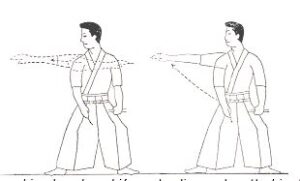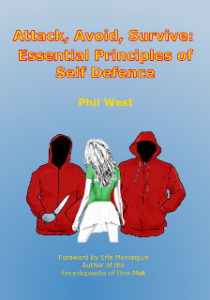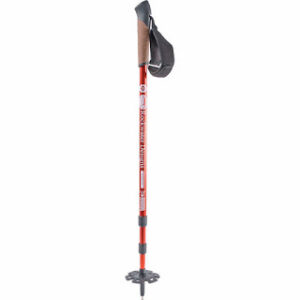“The Dalai Lama said acts of violence should be remembered, and then forgiveness should be extended to the perpetrators.
But if someone has a gun and is trying to kill you, he said, it would be reasonable to shoot back with your own gun. Not at the head, where a fatal wound might result. But at some other body part, such as a leg.”

In my books I include information on the use of firearms in self-defence, and defence against firearms.
The book is about defending oneself and one’s loved ones from aggression, and the use of firearms is a legitimate option for this. I have no interest in long and pointless arguments about gun control so if you want to discuss that topic go elsewhere. Many of you will have already made your minds up, one way or the other, and no amount of reasoning, argument or evidence will change your view. For those of you that still have an open mind I offer the following points to meditate on:
Laws are not wishes. Passing a law against guns will not magically make all guns disappear. There was plenty of violence before guns were invented and in cultures where firearms are rare. History proves such laws disarm the law-abiding citizens and make things safer for the criminals who have kept their guns. Criminals tend not to be very observant of the laws of the land. Admittedly, unbiased information about gun use is hard to come by but I have read that an estimated 350,000 lives a year in the USA alone are saved by legitimate use of legal firearms. If there was a medical treatment that could save 350,000 lives per year we would all be campaigning to make it available.
Most attempts at gun control and restriction of gun ownership have often been followed by increased use of guns in crimes. I am talking about real crimes here, not a gun owner suddenly becoming a law-breaker since the gun he has had twenty years becomes illegal overnight. Australia tightened up its gun laws a few decades back and I recall reading in the first year after armed robbery alone went up 44%! At about the same time Florida began to allow legal concealed carry of firearms and car-jackings went down. The slim chance that they might get a victim that could defend themselves rather famously caused some car-jackers began to target tourist hire-cars since they could expect the occupants to be unarmed. While this was tough on the tourists the majority of Florida residents were considerably safer due to a small number of them being legally armed. Gun control measures do not contribute to increased public safety.
A common tactic in trying to implement gun control is to try and target particular sub-groups, an obvious application of divide and conquer. One of the currently popular strategies is to go after so called “assault rifles” or “assault weapons”. First of all, the majority of such weapons are not “assault rifles”. An assault rifle is a selective- fire weapon usually chamberring an intermediate power cartridge. The majority of civilian weapons called “assault rifles” are semi-automatic weapons, some of which, but by no means all of them based on military designs. Many of the guns this term is misused for are lower-powered pistol-calibre carbines. “Assault Weapon” is an even fuzzier legal idiocracy. It assumes that features such as a bayonet lug or pistol grip make a weapon more lethal than one of “traditional” configuration. If we look at a AR-15 and Mini-14 semi-automatic both fire the same round and even use the same magazines, but the Mini-14 is a “good gun” and the AR-15 “evil”.
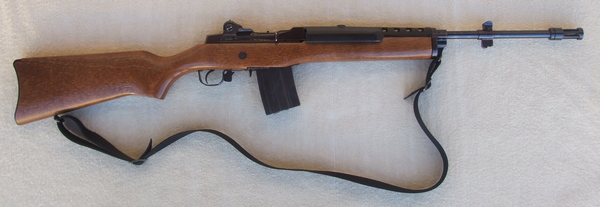
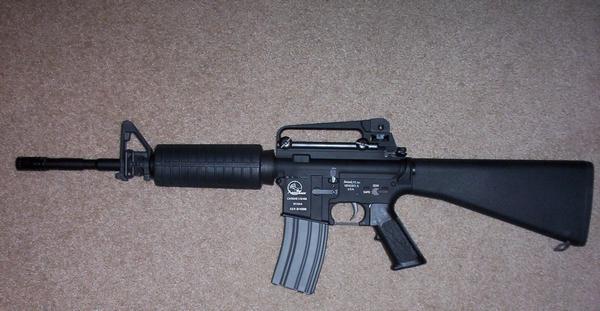
Arguments are made that deer rifles are “acceptable” and “assault rifles” are “bad”, yet the deer rifle has at least twice the range of an assault rifle. “You don’t need an assault rifle to hunt deer” –true, but if you have to deal with a dangerous animal or defend yourself, a semi-automatic rifle is one of the most sensible options. It is more accurate than a handgun, so you have a greater chance of hitting your intended target rather than endangering the innocent. It is easier to operate under stress than a manual weapon such as a bolt-action deer rifle or pump shotgun.
Guns are neither good nor evil. I came across a hysterical article advocating that ammunition production should be controlled and that every year enough bullets are manufactured to put 32 in every man, woman and child in America. That America is not currently an uninhabited wasteland littered with human bodies riddled with dozens of bullets each tends to disprove the lady’s theory. If someone is killed by a car we look at the case on its individual merits and punish the driver if their actions were negligent or malicious. No one calls for a banning of all automobiles. Blaming inanimate objects for the problems in our society just distracts us for actually doing something positive about those problems.
Gun Control laws are an obvious example of politicians trying to appear that they are doing something constructive when they are actually achieving nothing. Even worse, they are victimizing and demonizing a law-abiding social group to do so. If such an action was taken against an ethnic or religious group there would rightly be an outrage. Regardless of your stance on gun ownership, from a moral point of view we should all be opposed to laws that do not achieve what they are supposed to and that hurt innocent people.
An updated version of this essay forms a chapter of my book, Survival Weapons: Optimizing Your Arsenal.
